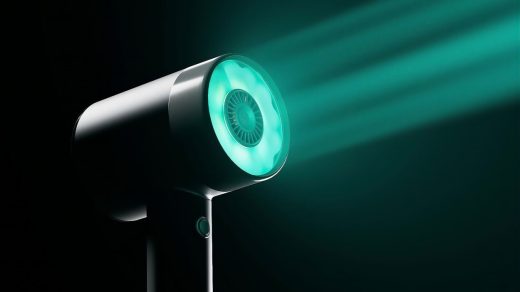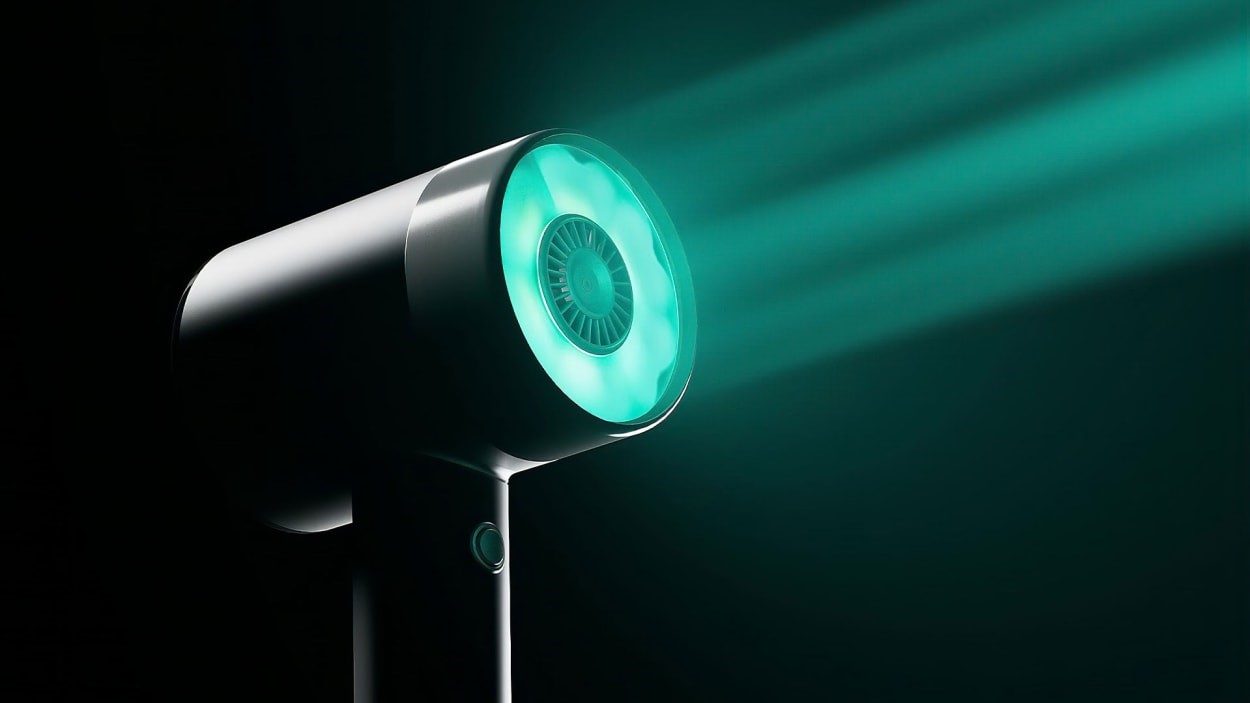Your hair dryer is terrible for the planet. L’Oréal is giving it a much-needed upgrade
By John Kell
L’Oréal is giving the hair dryer a long-overdue makeover.
“Over the last 100 years, since the first invention of the hair dryer, people have been drying their hair in the same way,” says Guive Balooch, global managing director of augmented beauty and open innovation at L’Oréal.
The standard hair dryer found in homes and salons uses convection heating, which are thermal rods that turn orange as they heat up, with a motor powering wind to push that hot hair to the head. It is the same heating technology that is found in the toaster. The problem? The hair dryer is incredibly inefficient. By the time heat hits the hair, 50% of energy is wasted, resulting in an eco-unfriendly device that’s used daily in many homes and gobbles up more energy than nearly all other small electronics.
At this year’s Consumer Electronics Show (CES) in Las Vegas, L’Oréal is unveiling the new AirLight Pro hair drying tool, which is equipped with infrared technology powered by tungsten—halogen bulbs that are designed to quickly dry hair without the need for excessive heat. L’Oréal says AirLight Pro uses 31% less energy consumption than leading premium hair dryers.
The AirLight Pro, which will sell for “under $400,” will launch in European salons in May where “they care about the speed and how well it looks on your hair,” Balooch says. “The consumer expectation is that it should work and it should be fast.” The device will be more broadly available to all shoppers by the fall of 2024.
The dream team
L’Oréal built a team of over 100 engineers, designers, hairdressers, and scientists to develop the AirLight Pro, which delivers up to 33% more hydration and up to 59% visually smoother hair than when naturally dried. The AirLight Pro dries the water on the surface of the hair but leaves internal moisture in the strand, resulting in shiner hair. L’Oréal tested the device on more than 500 people across the United States and Europe and on four different hair types: straight, wavy, curly, and coily. The company also incorporated feedback from stylists as the tech behind AirLight Pro evolved.
Since 2016, L’Oréal has regularly debuted new tech twists for beauty at CES, launching more than 10 innovations including a tool that helps those with limited mobility apply lipstick, a skin sensor to monitor ultraviolet light exposure, and a “smart” hairbrush. L’Oréal CEO Nicolas Hieronimus is delivering the keynote speech at CES 2024, the first ever from a beauty company.
Balooch says that L’Oréal’s approach to beauty tech is to start with thinking about what people need, then backfilling with technology. “We work on solving consumer tensions and not on tech projects,” he says. “We have to think about certain parts of beauty today, rituals of beauty, and understand whether or not they need to be disrupted. And sometimes they don’t.”
L’Oréal has ramped up the beauty giant’s commitment to tech with some financial investments, including the minority stake it took last year in a Korean micro-printing startup Prinker, and an investment in Zuvi, the hardware startup that helps L’Oréal build the AirLight Pro. Zuvi itself also sells a pricey $260 Halo Hair Dryer, while other rival offerings include the $430 Dyson Supersonic.
Balooch says combining the expertise of L’Oréal, which understands the biology of skin and hair and has a lot of well-known brands, with the science of Zuvi’s hardware is the special formula behind AirLight Pro. And at the end of the day, beauty must be in the eye of the beholder.
“The objects have to look beautiful,” says Balooch. “They have to be something that people desire.”
(6)



